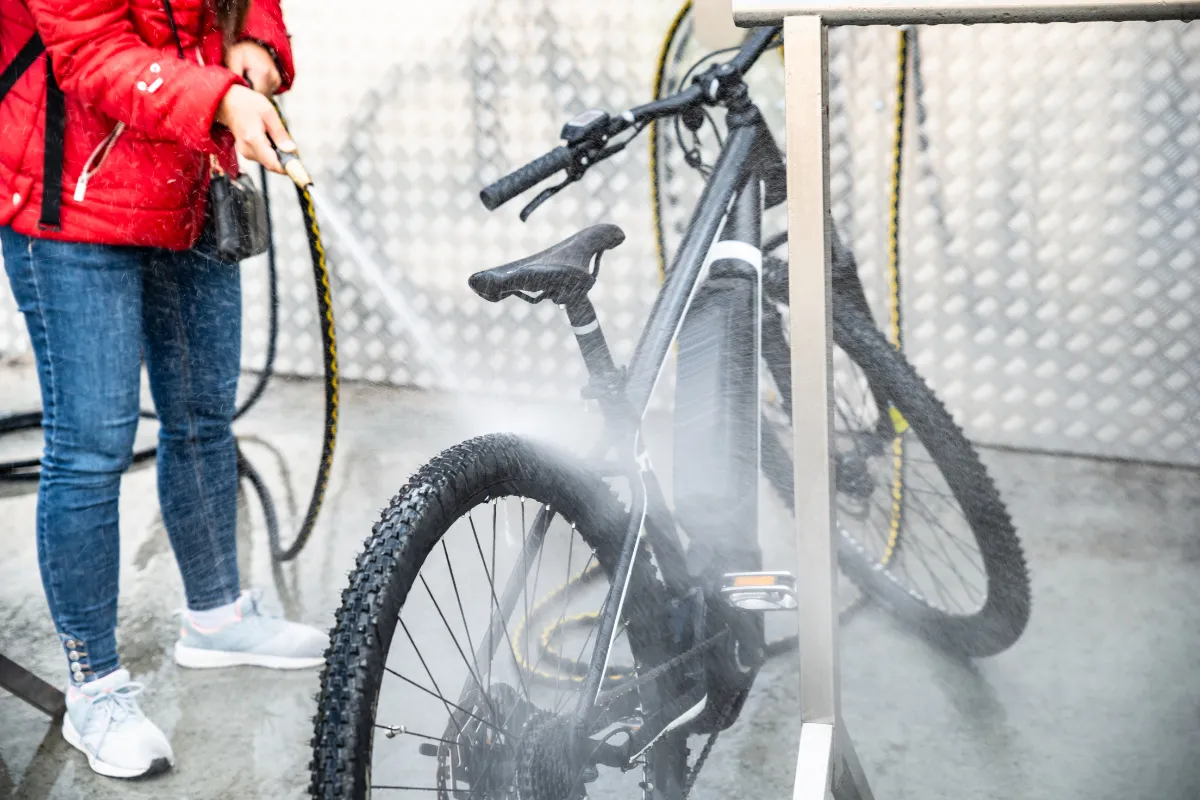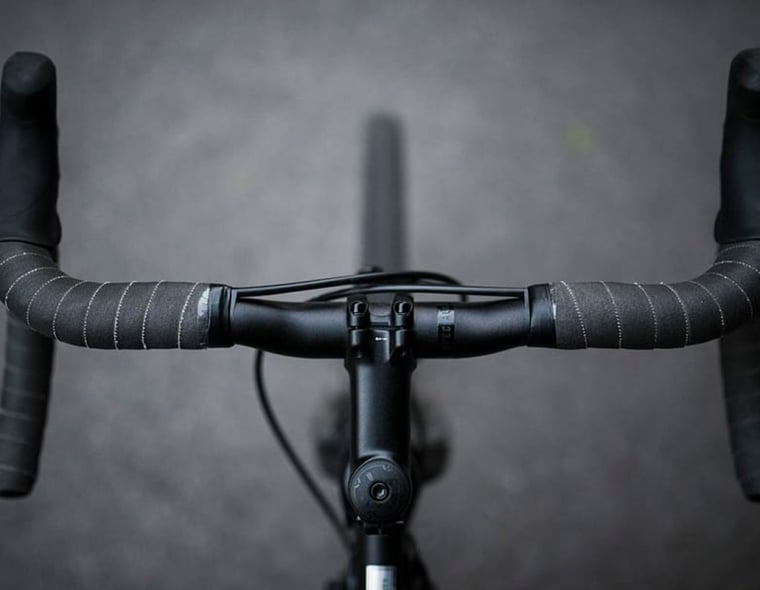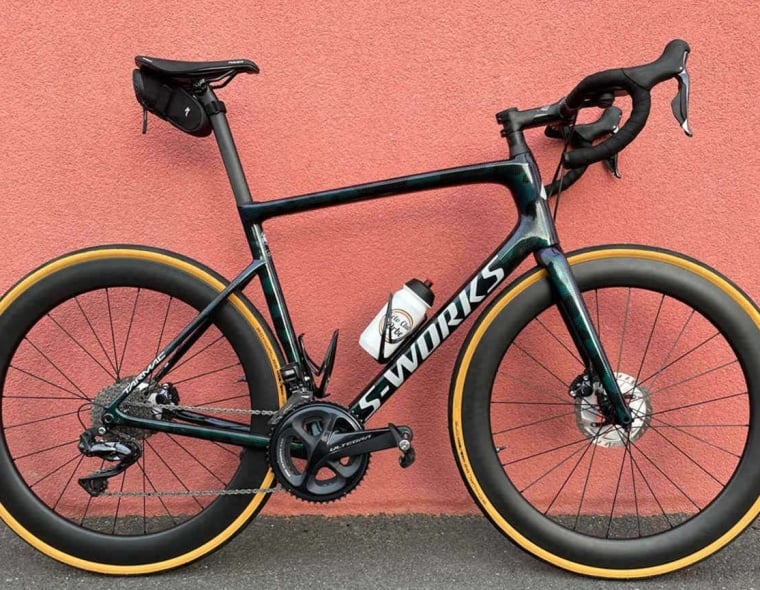Basic bike maintenance involves simple, effective practices to keep your bike in good working condition, extend the lifespan of its components, and save you money by preventing costly repairs. The article is a detailed maintenance guide that will help you ensure smooth rides and avoid frustrating mechanical issues while on the road. Here are things you need to know:
The Right Tools for the Job
Starting your bicycle maintenance journey begins with having the appropriate tools. Basic tasks can often be accomplished with common tools like hex keys. However, some maintenance activities necessitate specialized tools specifically designed for bike repair. Here’s a list of the tools you might need:
Multi-tool
Bike pump
Tire levers
Puncture repair kit
A set of good-quality hex keys
Torque wrench
Chain breaker tool
Chain checker
Tire Maintenance
Check the Surface of the Tire
The foundation of a good ride is proper tire care. Start by inspecting your tires for cuts, debris, or wear that could lead to punctures. If you notice significant damage, consider visiting your local bike shop for advice or a replacement. This should be done after every ride.
Check Tire Wear
It is important to not ride on tires that are overly worn. When tires get worn after thousands of kilometers of riding, they flatten out on road bike tires and lose their tread on mountain bike and gravel tires. This flattening and loss of tread will usually occur much sooner on the rear tire.
A recommended practice is to move the front tire to the rear wheel and install a new front tire. This will save you money on buying unnecessary new tires and help the environment. If you can see any of the casing in the tire, you must change the tire immediately. Exposed casing is very susceptible to flat tires.
Check the Tire Pressure
Regularly check your tire pressure. The pressure needed is based on the tire width, rider weight, conditions, and to a smaller extend, personal preference. Keeping your tires properly inflated ensures better performance and reduces the risk of flats.
Some tire setups like latex tubes and tubeless tires can lose air pressure more quickly than butyl inner tubes. It is important to check your tire pressure before every ride. It is also recommended to take a mini-pump on your rides and while traveling with your bike.
Note that pressure can be affected significantly by temperature. Inflating your tires in the morning when it is cool and then riding in the afternoon when it is warmer will increase tire pressure. Road temperatures can be much higher than ambient air temperatures. Prepare for possible changes in pressure when out for a ride. A tire pressure too high could result in a blowout. Rim brake tires can easily overheat causing excessive tire pressure while descending, due to friction from brake pads.

Fixing puncture
Locate the Puncture
Begin by inspecting the tire tread starting at the valve, checking for any embedded debris that might have caused the puncture. Also, examine the sidewalls for tears or holes. Remove any debris using tools like a flat-head screwdriver or pliers.
Remove the Inner Tube
Deflate the tube and remove it by first freeing one bead of the tire from the rim using tire levers.
Identify the Leak
Inflate the removed inner tube to pinpoint the leak. If it’s not audible, use soapy water to detect escaping air bubbles. Alternatively you could inflate the tube and put it in water.
Patch the Tube
Prepare the punctured area by first drying it and then rubbing it with sandpaper. Apply a thin glue layer wider the size of the patch. Then wait at least five minutes before applying the patch over the hole. Ensure the patch is firmly pressed and allow the glue to dry.
Some newer patch kits are glueless. Refer to the instructions provided with these patch kits.
If the hole is too large for your patches, or if you do not have a patch kit, use a spare tube to simply replace it with.
Inspect the Tire and Rim Tape
Before reinserting the tube, thoroughly check the tire casing and rim tape for any potential damage or debris that could cause another puncture.
Refit the Tire
Carefully reinstall the tube and tire, ensuring not to pinch the tube. Start opposite the valve and work the tire bead back onto the rim.
Check the Repair and Inflate
After fitting, inflate the tire slightly to ensure the tube isn’t pinched and the tire bead is seated evenly. If it is pinched, massage the tire until the tube is no longer visible. Inflate fully and adjust the pressure as needed.

Basic Bike Clean
A clean bike not only looks great but performs better and lasts longer. For basic cleaning, you need only a few items: a general-purpose bike cleaner or soap, a degreaser, a sponge, and a brush. Use the brush and degreaser for grimy components like the chain, cassette, chainrings, and jockey wheels, and the sponge for the frame, handlebars, crank arms, and wheels. If you have a hose, use it to wash off loose dirt before applying cleaner. If not, a bucket of soapy water will suffice.
After cleaning, drying your bike is crucial—use separate cloths for greasy components and the rest of the bike to avoid spreading dirt.
Drivechain
Lubricating the Chain
The final step in basic maintenance is lubricating the chain. Apply a quality bike chain lube sparingly; too much can attract grime, while too little might not adequately protect against friction. Aim for a thin, even coating along the inside of the chain. Apply the lube only to each chain link. Then wipe it off with a clean towel or rag.
Check Your Chain for Wear
Bike chains wear over time due to excess debris. It will then grow in length over time. If you don’t change a chain when it is time, it will overstretch and then wear out the cassette and chainrings on the crankset, potentially making for a hefty repair bill.It’s worth investing in a chain checker and regularly checking for wear.
Fix a Broken Chain
If you’ve broken a chain on a ride and none of the links have bent, you can get yourself home by installing a new joining pin or quick link. It’s best to carry a multi-tool with a chain breaker function. If some of the links have bent, you’ll need to shorten the chain.
Brakes
Above each brake caliper, there is a tensioner that can be adjusted to tighten or loosen, altering the brake pad’s resistance. However, the most common braking issues stem from worn-out brake pads, which can be easily replaced with a new set.
For Bikes with Rim Brakes
It’s crucial to monitor the wear on the pads and replace them before they are completely worn out. Additionally, ensure the brake cable is not frayed and maintains adequate tension.
Rim brake pads should be inspected and cleaned after every ride. Any dirt or debris in the pads can lead to quick wear to your wheelset’s braking surface. Occasionally, if a rim brake pad has become smooth, it should be lightly sanded and then washed off in order to improve grip and braking performance.
When replacing brake pads, understand that alloy brake pads cannot be used on carbon wheels, as they will cause irreversible damage to the brake surface.
While most road bikes sold nowadays use disc brakes, Elitewheels offers entry-level and premium rim brake road bike wheels. They feature laser etched brake surfaces to improve braking performance and weigh as little as 1255 grams for the pair.
For Those with Disc Brakes
Regularly check the condition of the disc brake pads to ensure they have sufficient life remaining. Use a specific disc brake cleaner to keep the brakes free from contaminants and to prevent squealing noises.
Occasionally, those with hydraulic disc brakes will need to get their brake fluid drained and replaced. This is a complicated process, and it is recommended to have this done at your local bike shop.
Just like rim brakes, Elitewheels offers many entry-level and pro-level disc brake road wheels, as well as gravel, MTB, and TToptions
Adjusting Mechanical Brakes
On disc brakes and rim brakes that are mechanical, as opposed to hydraulic, can be adjusted with a barrel adjuster that is attached to the brakes themselves. The pull the brake cables which can stretch over time. As rim brakes wear, it may also be necessary to adjust the brakes, as they will need to be pulled closer to the rims, as they have thinned.
Brake Cables
On mechanical disc brake and rim brake bikes, it is recommended to change the brake cables and cable housings every so often. This will make the braking smoother and make your bike feel like new. It is recommended to have this done at your local bike shop.

Shifters and Derailleurs
Just like brake cables, shifter shifter cables occasionally have to be replaced.
Mechanical Groupsets
Mechanical groupsets shift the derailleurs using cables. Over time, just like brake cables, these cables stretch and can get dirty or potentially rusty and must be replaced. Changing shifter cables can make a bike feel new again. It is recommended that you have these replaced at a local bike shop.
As in the same way brake cables tend to stretch over time, so do derailleur cables. If you are experiencing shifting issues, it may be worth indexing your gears by using the barrel adjusters on your derailleurs. This should be done occasionally by turning the barrel adjuster clockwise or counterclockwise to make small adjustments.
Wireless Groupsets
What makes wireless groupsets a great alternative choice is that they do not rely on shifting cables. They are basically an install and forget solution, meaning that shifting does not degrade over time. There is no need to change cables anymore.
One thing must be considered, however. Just like any other electronic device, wireless groupsets require batteries that should be charged. Wireless groupsets have batteries that can last for thousands of shifts. It is recommended to occasionally check their battery levels as to prevent running out of juice on a ride.
Tightening Bolts & Screws
Bolts are essential in assembling the mechanical parts of bikes due to their ability to handle vibration tension. To enhance security, you can use washers and tighten the bolts from both sides. It’s important to keep a set of the appropriate wrenches that match your bike’s bolts since these are typically threaded with nuts on each end. Additionally, you will encounter screws in secondary attachments such as water bottle holders, baskets, and racks. Ensure you have the necessary tools to adjust these as needed.

Conclusion
Regular care will not only extend the life of your bike but also enhance your riding experience. Remember, learning to maintain your bike is a journey. Each maintenance session provides an opportunity to deepen your understanding of your bike’s mechanics, improve your ability to troubleshoot issues, and increase your overall confidence in handling repairs.






